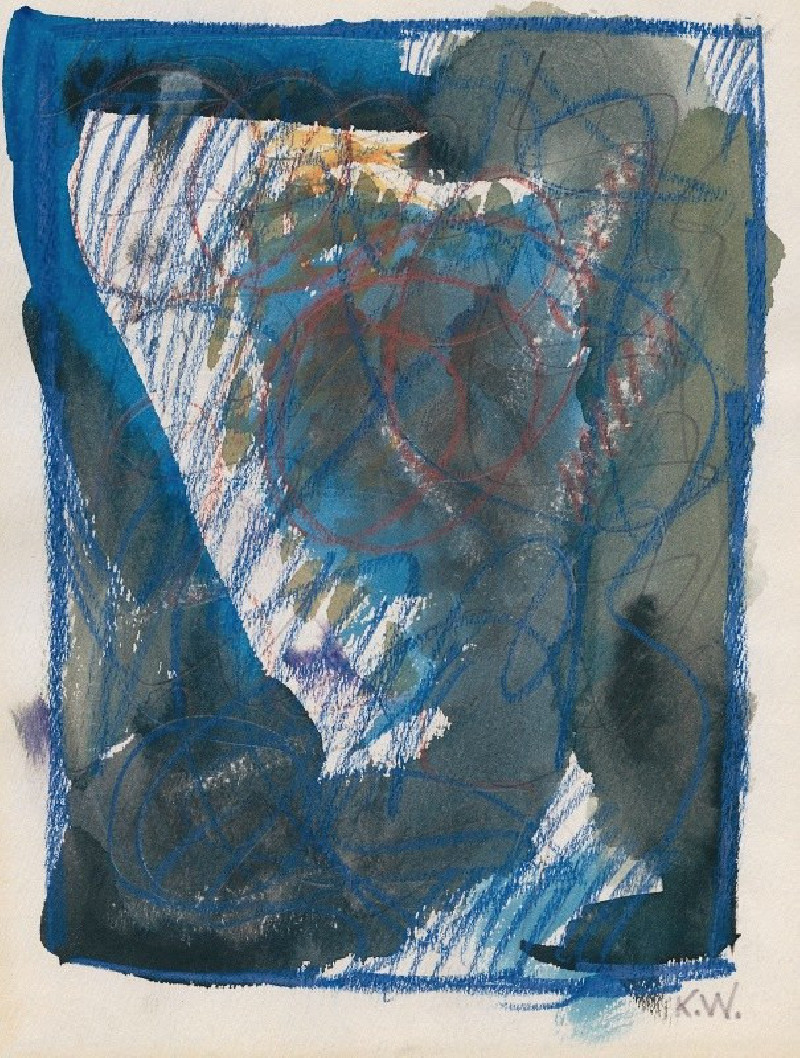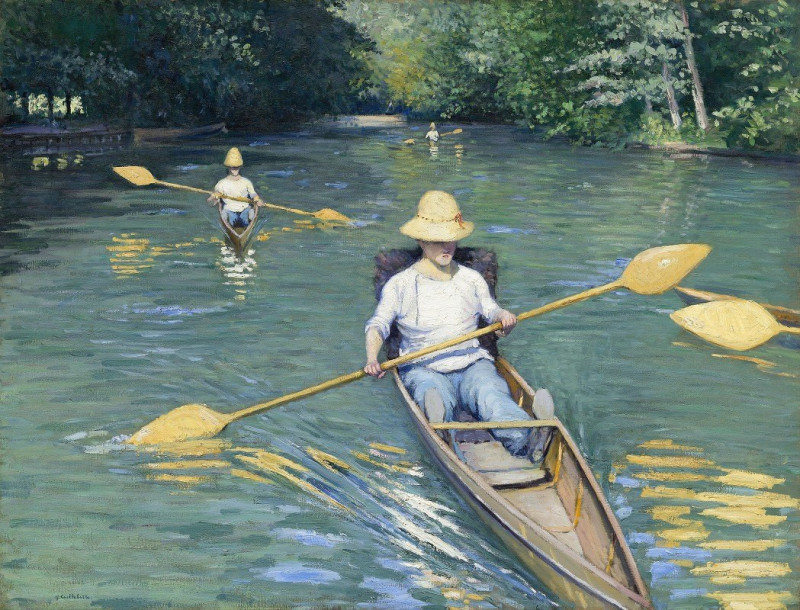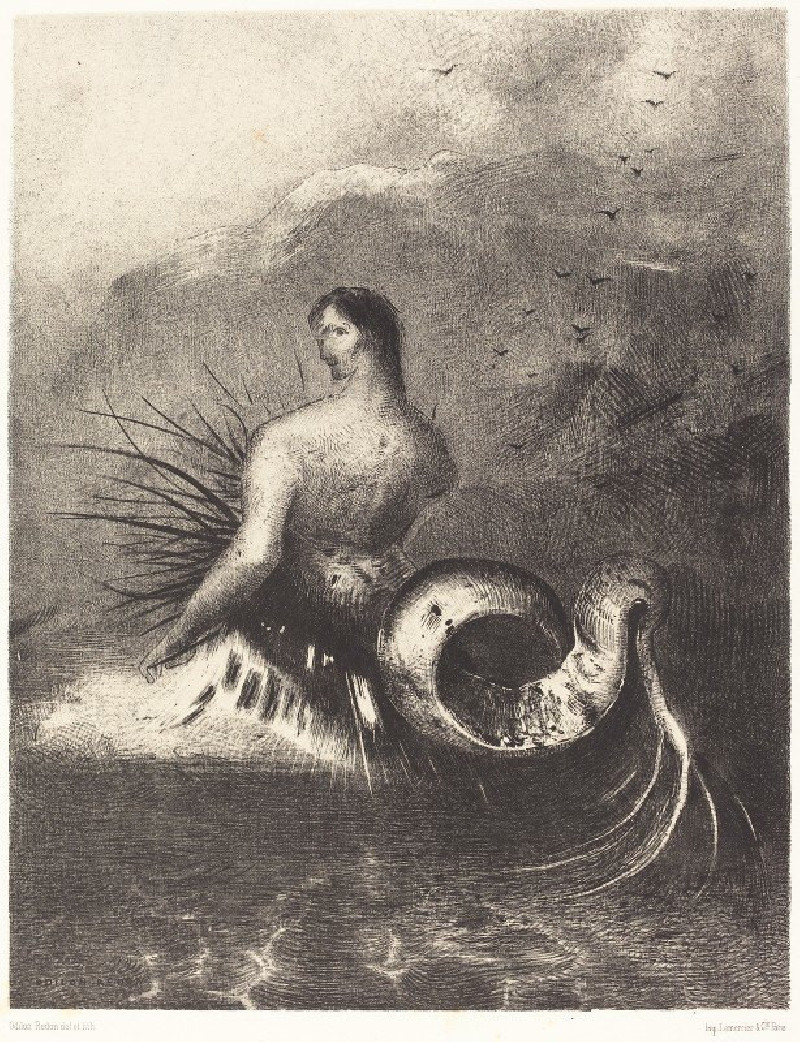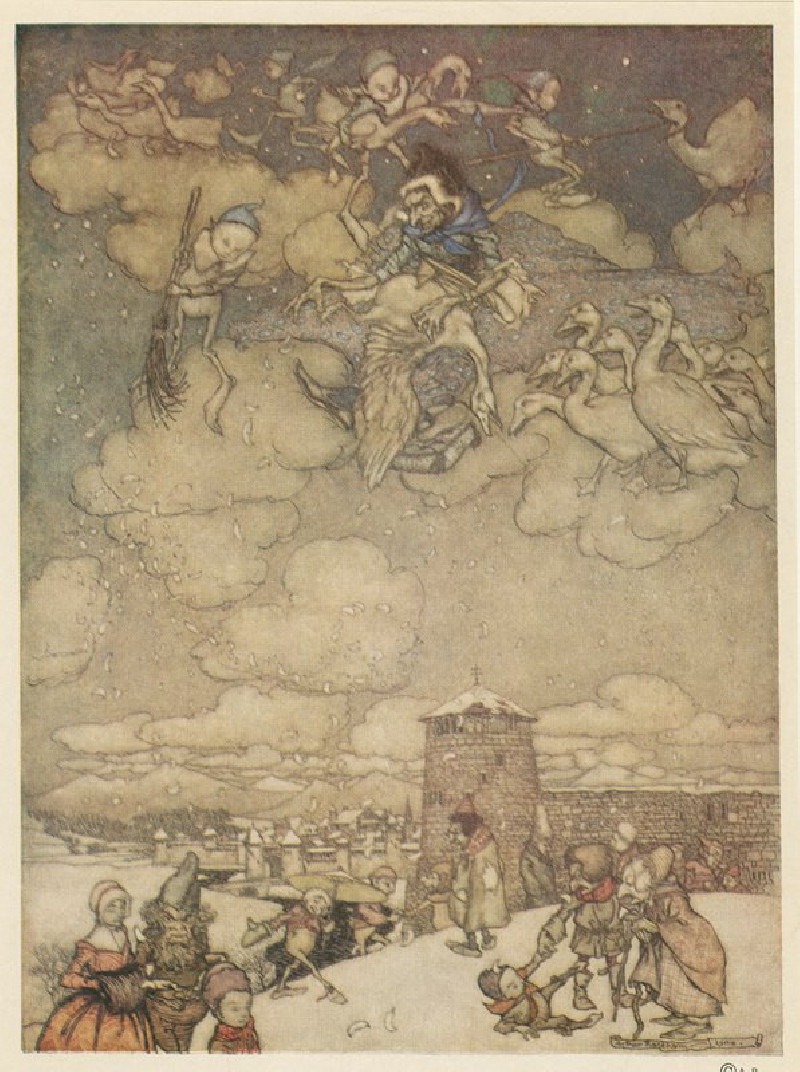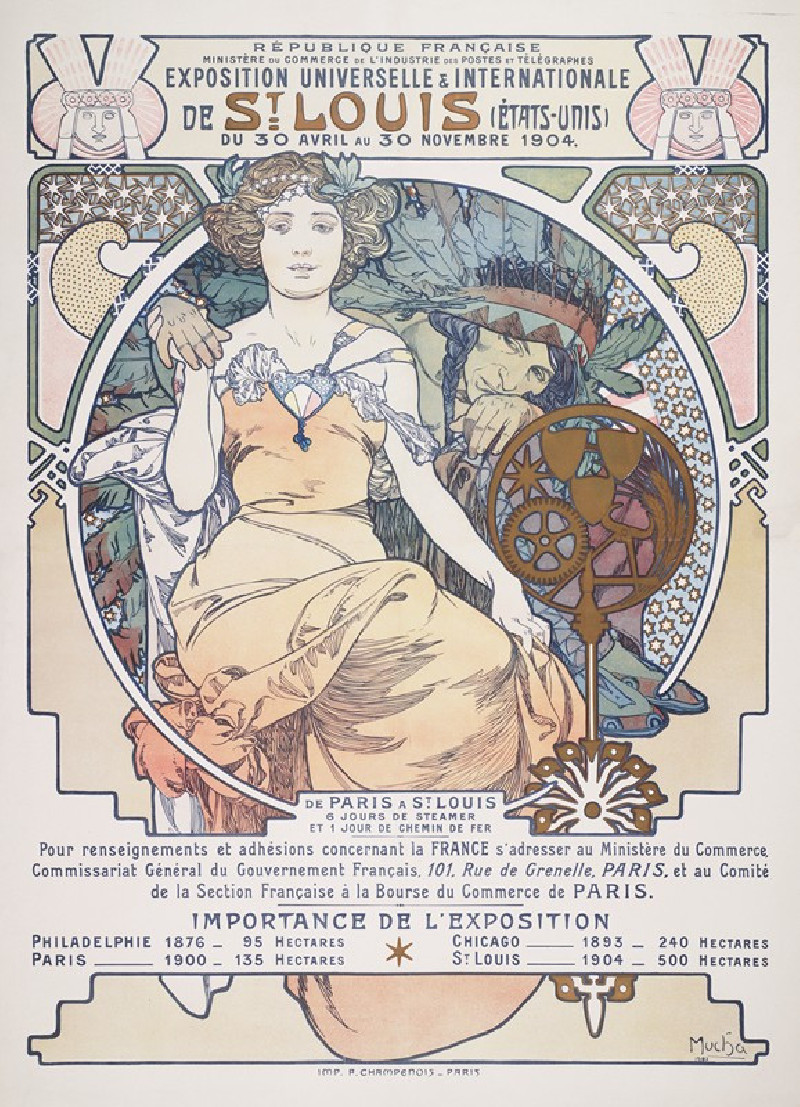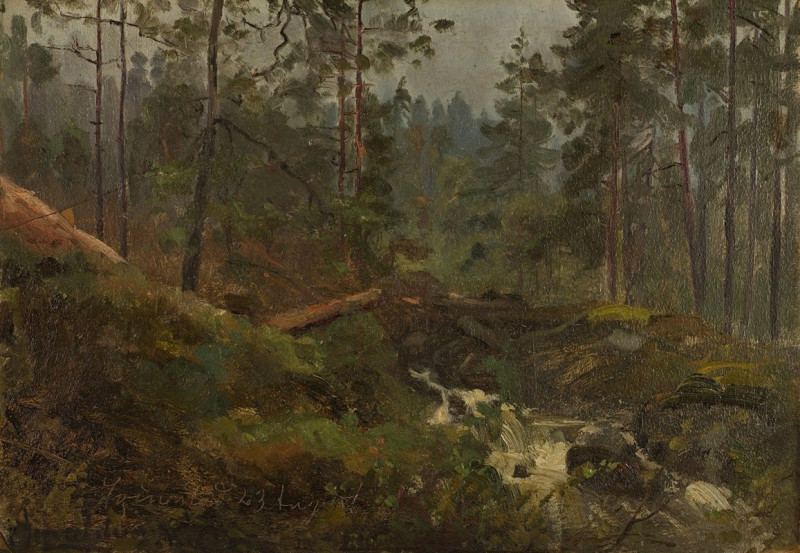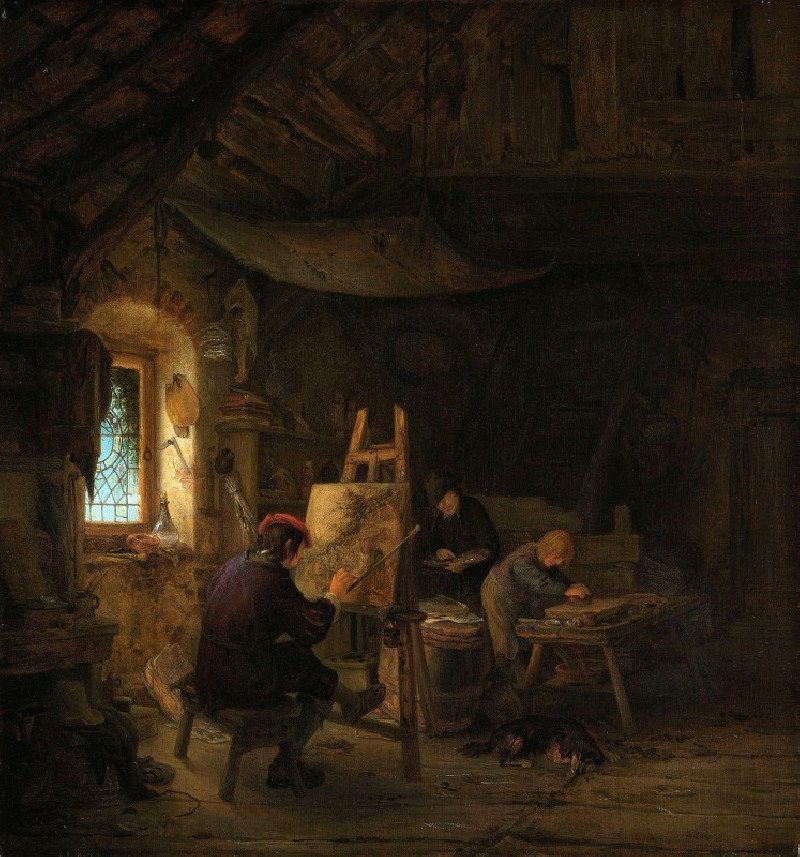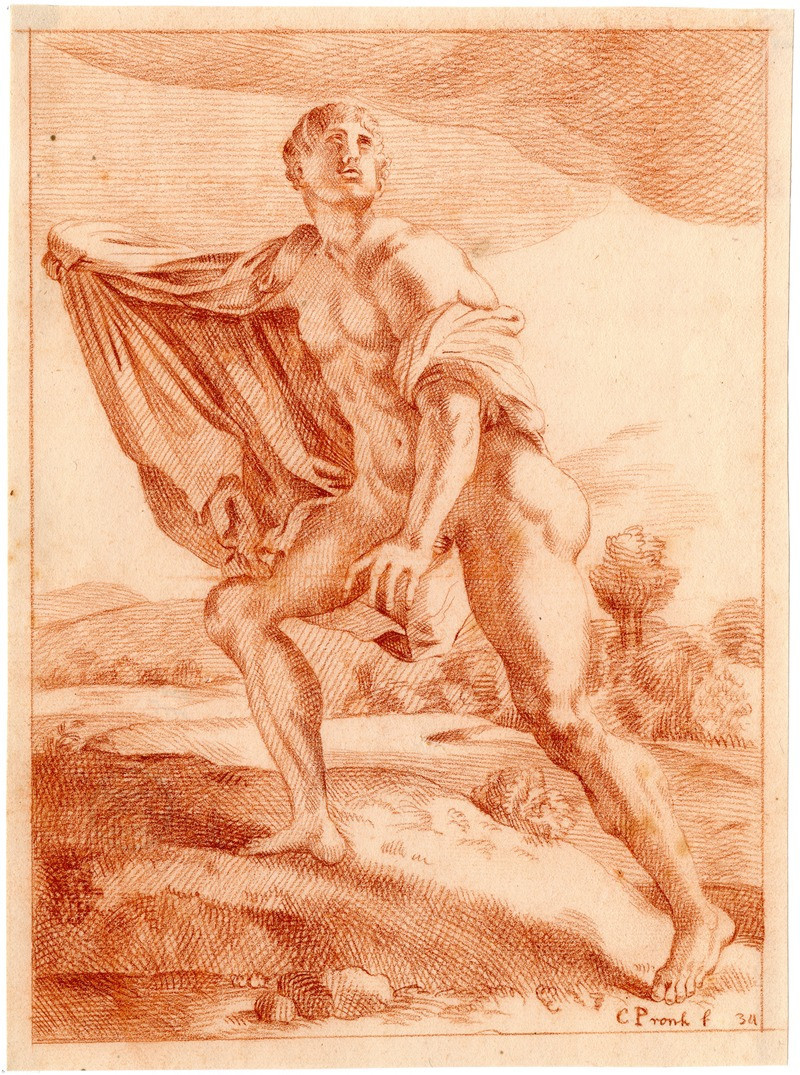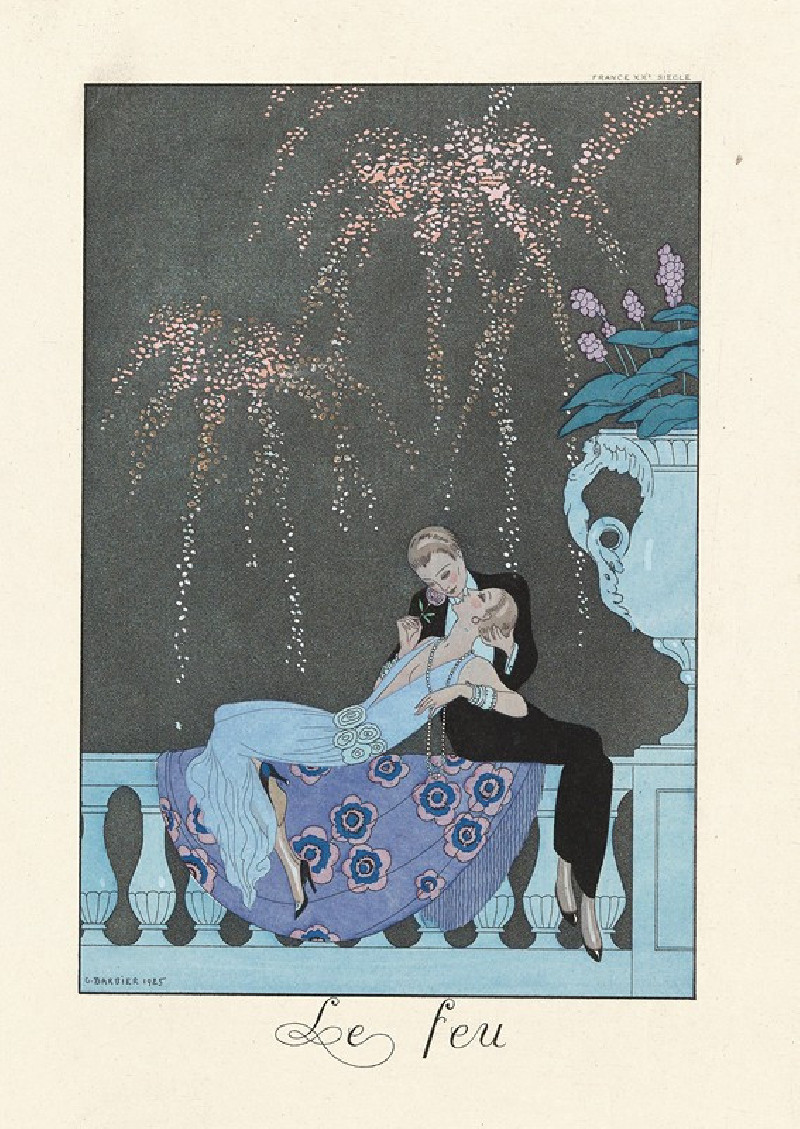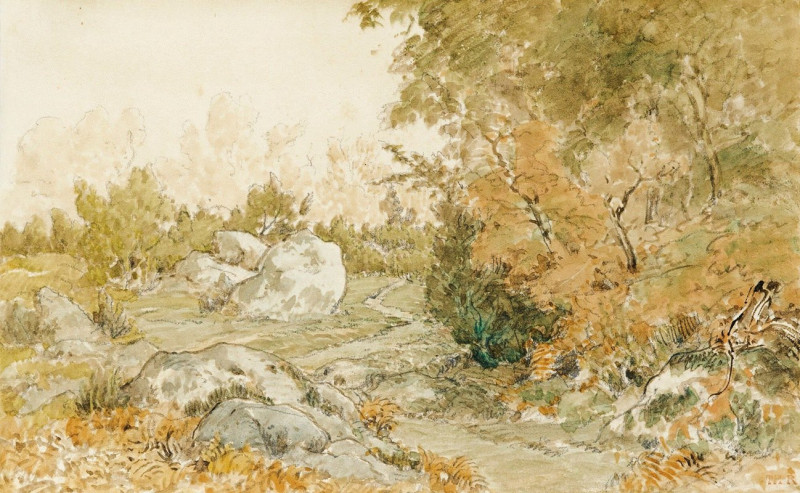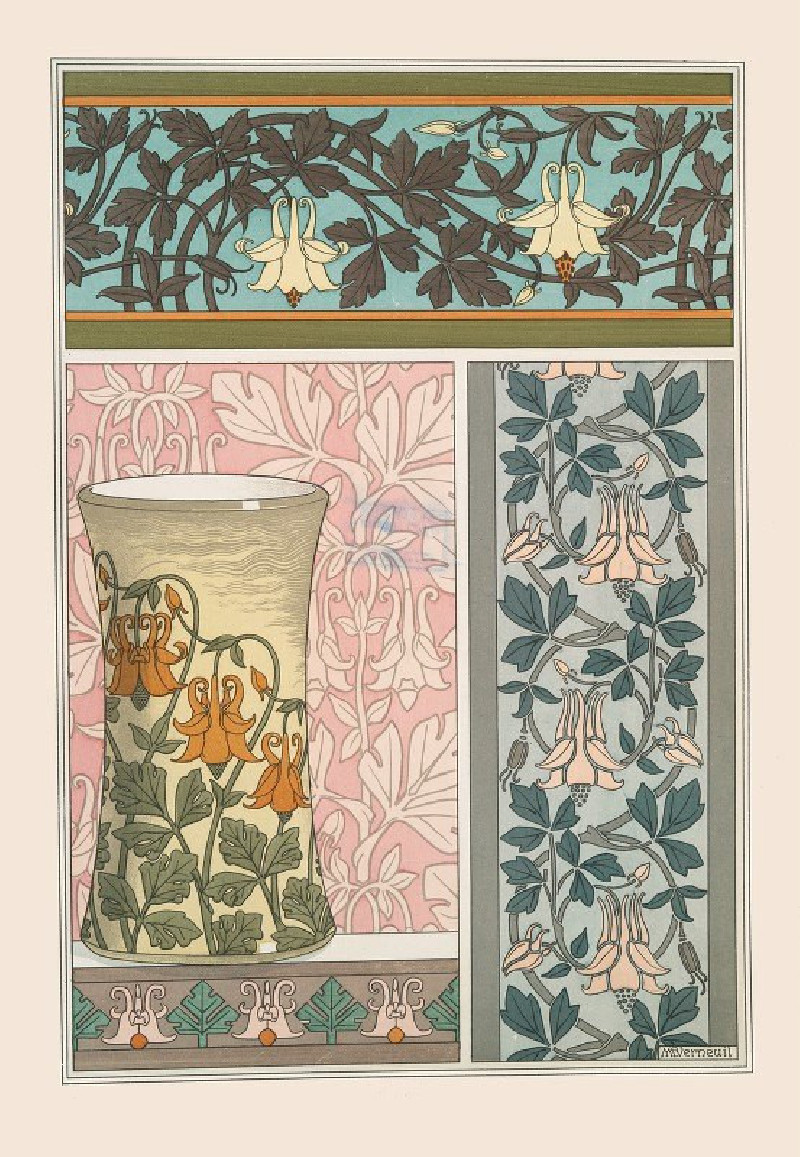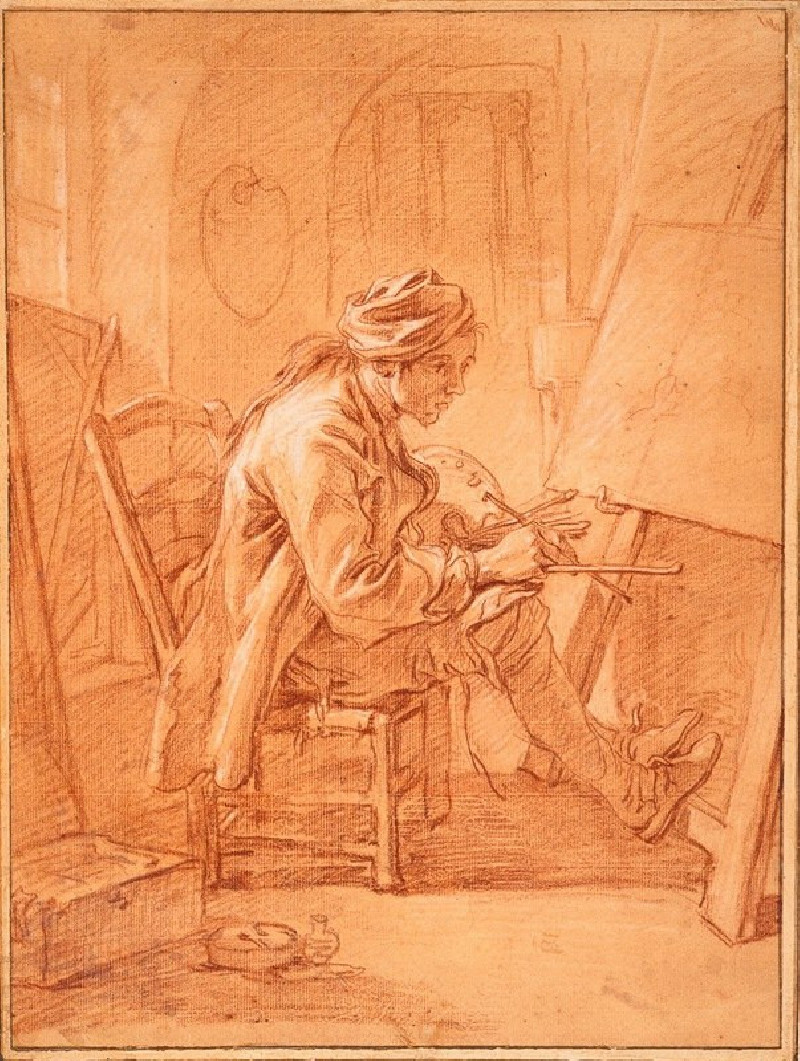Aus meinem Leben, 50 Blätter VI (1923)
Technique: Giclée quality print
Recommended by our customers
More about this artwork
Karl Wiener’s painting, "Aus meinem Leben, 50 Blätter VI" from 1923 stands as a captivating example of abstract expressionism, where freedom of form and spontaneity of color swirl together to capture the essence rather than the exact representation of life. The artwork is characterized by vibrant scribbles and layers that evoke a sense of dynamic motion, reflecting perhaps a tumultuous period or deeply felt emotions in the artist's life.The painting employs a primarily cool palette dominated by blues, interjected with contrasting warm tones of yellow and red, creating a striking visual balance. Abstract forms and circular motifs, drawn with a loose hand, suggest the organic, ever-evolving nature of human experiences and emotions. The bold strokes and scribbles could reveal the artist's introspective exploration and his response to the complexities of his surroundings.Karl Wiener’s approach in this work encourages the viewer to transcend traditional interpretations of art and to engage with the painting on a more personal and intuitive level.

